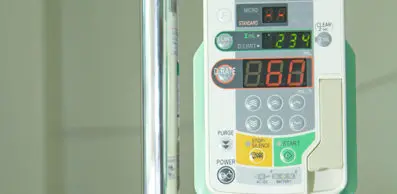Wherever you are in your product development lifecycle,
Sterling can help.
P: 201-877-5682
F: 201-301-9169
info@sterlingmedicaldevices.com
Author: Carrie Britton | Date: December 20, 2021
Medical devices hold great responsibility and risk – if they aren’t working properly, there could be dire consequences for a person’s health and potentially life. Because of this, they are highly regulated in the United States by the Food and Drug Administration (FDA). To be approved by the FDA, your device must effectively diagnose and treat the condition it is supposed to and be safe for its users. The FDA also requires medical device companies, whether they are already established in the industry or medical device startup companies, to provide proof of it through Design Controls. We offer this overview of FDA Design Control guidance to help you understand the regulatory requirements.
What are FDA Design Controls?
Design control for medical devices is the proof the FDA requires that you have to ensure your medical device is safe and effective. FDA Design Control guidance outlines a formalized approach to the development of medical devices and requires many layers of documentation that show the FDA exactly how you have planned for and ensured the safety and efficacy of your device.
Does your Medical Device Require Design Control?
The FDA classifies medical devices by their potential risk – categorizing them by low with Class I, medium with Class II, and high with Class III. A Class I device could be as simple as a bandage, while a Class III device is used in supporting or sustaining human life, carries substantial importance in preventing impairment of human health, and presents a potential unreasonable risk of illness or injury. FDA Design Control guidance requires all Class II and Class III devices go through the process, but most Class I devices are exempt.
FDA Design Control Guidance
FDA Design Control guidance requires several medical device design components be included in the creation of your product:
At Sterling Medical Devices, we are experts on the FDA approval process. In fact, we have hundreds of approval success stories. If we can help you navigate FDA Design Control guidance with our medical device equipment design services, please contact us today.

November 17, 2021

February 18, 2021

September 8, 2020